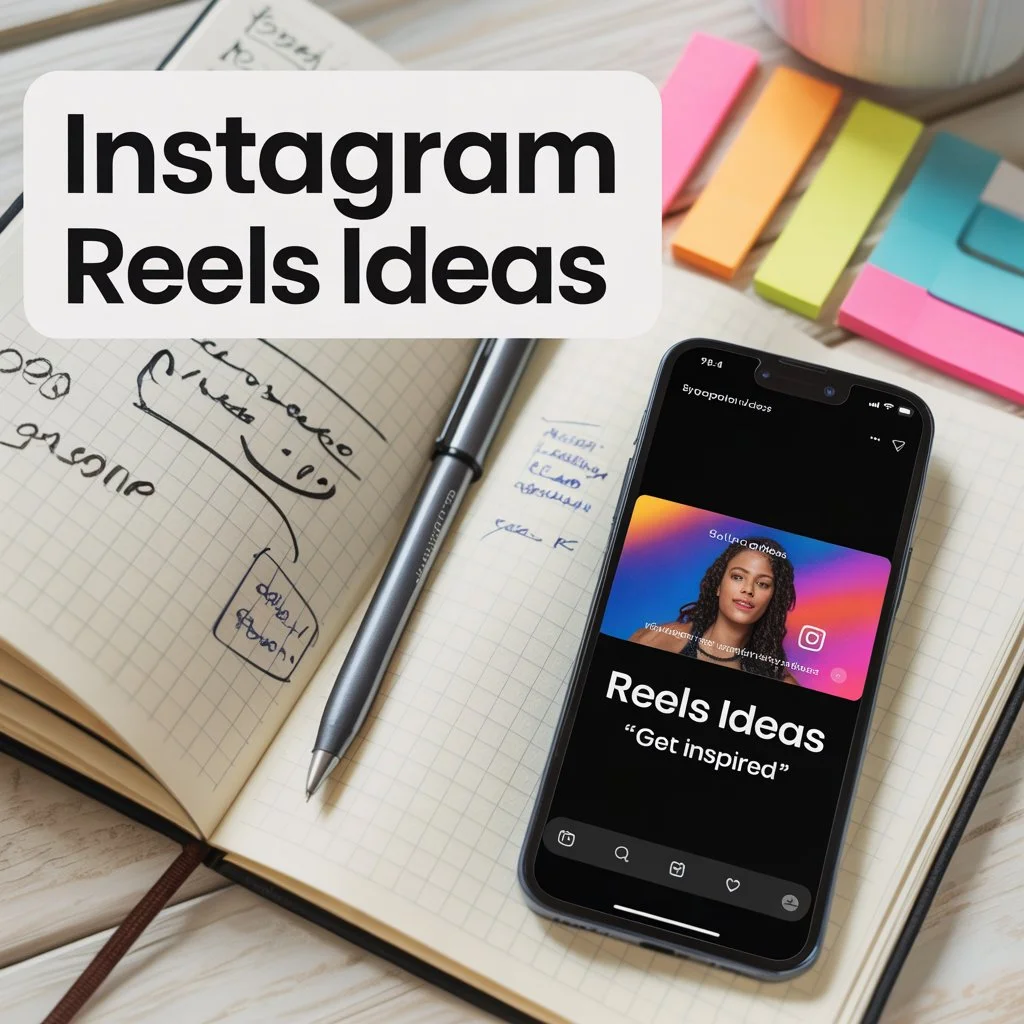Five Sorts of Image Optimization to Boost Your Website
Last updated on June 13, 2024
Website performance is crucial in the modern, fast-paced internet environment. Visitors are impatient, and a slow-loading website can mean lost conversions, frustrated users, and a nosedive in search engine rankings. But fear not! Image optimization is a powerful weapon in your website’s arsenal, helping it soar to new heights.
Why Image Optimization Matters
A website’s images can provide visual interest, break up material, and improve user experience. They are often the lifeblood of the site. However, unoptimized images can be huge files, dragging down your website’s loading speed. This can lead to a domino effect of negative consequences:
- Frustrated Visitors: Nobody enjoys waiting for a website to load, especially on mobile devices. Slow loading times can lead to visitors bouncing off your site before they even see your content.
- SEO Woes: Search engines prioritize websites that load quickly. Poor image optimization can negatively impact your search engine ranking, making it harder for potential customers to find you.
- Reduced Conversions: If your website takes too long to load, visitors are less likely to complete desired actions, such as making a purchase or subscribing to your newsletter.
The 5 Image Optimization Superpowers
Thankfully, there are a variety of ways to optimize your website’s images, ensuring they look fantastic while keeping your website speedy. Let’s dive into the five essential techniques you can use:
1. File Format Face-off: Choosing the Right Weapon
Not all image formats are created equal. Understanding the strengths and weaknesses of each format is crucial for image optimization. Below is a summary of the leading candidates:
- JPEG (Joint Photographic Experts Group): The go-to choice for photos with a lot of color variations. It makes advantage of lossy compression, which shrinks files by throwing away some information. The trade-off is a slight decrease in image quality at higher compression levels.
- PNG (Portable Network Graphics): Perfect for images with sharp edges and text, such as logos and infographics. It uses lossless compression, maintaining image quality but resulting in larger file sizes.
- WebP: The new kid on the block, developed by Google specifically for the web. It offers superior compression compared to JPEG, resulting in smaller file sizes while maintaining similar image quality. WebP support in browsers is still developing, though.
The Takeaway: For photos, use JPEG and adjust the compression level for a good balance between quality and size. For graphics and text-based images, use PNG. Consider WebP as an option for further optimization, keeping in mind browser compatibility.

2. Resize It Right: Shrinking Without Shrinking
Images often come straight from your camera or downloaded from the internet, but they might be much larger than necessary for your website. Resizing them to the appropriate dimensions for your website layout is crucial for image optimization. This can be done easily with free online tools or built-in features in photo editing software.
The Takeaway: Before uploading an image, resize it to the exact dimensions it will be displayed on your website. Don’t rely on the website to resize for you – this can lead to blurry images and wasted bandwidth.
3. Compression Crusaders: Squeezing Out the Extra Weight
There are a variety of online tools and plugins available specifically for image compression. These tools use sophisticated algorithms to further reduce file size without sacrificing significant quality. Most work by removing unnecessary data from the image file.
The Takeaway: Run your images through a reputable image compression tool before uploading them to your website. Experiment with different tools and compression levels to find the sweet spot between size reduction and acceptable quality.
4. Alt Text: The SEO Superhero
Image optimization isn’t just about making your website faster; it’s also about improving search engine optimization (SEO). This is where alt text comes in. Alt text is a short description of the image that appears when the image cannot be displayed or when a screen reader is used. It’s crucial for accessibility and SEO, as search engines can use alt text to understand the content of your images.
The Takeaway: Always include descriptive alt text for your images. Use relevant keywords, but avoid keyword stuffing. Focus on accurately describing the image content and its importance to your website.
5. Descriptive File Names: Organization is Key
While not directly impacting website speed, using descriptive file names for your images is another important aspect of image optimization. Instead of generic names like “image001.jpg,” use file names that clearly describe the image content. This can help with organization, accessibility, and even SEO.
The Takeaway: Give your images descriptive file names that clearly describe the image content. This can help with organization, accessibility, and even SEO – search engines may give slight ranking boosts to websites with well-organized images.
Image Optimization Expertise at Sagar Tech Marketing Services
Feeling overwhelmed by the technical aspects of image optimization? Sagar Tech Marketing Services can help! Our team of experienced professionals can handle all your image optimization needs, ensuring your website is fast, SEO-friendly, and visually stunning. Contact us today to learn more about how we can help you supercharge your website!
June 13, 2024



